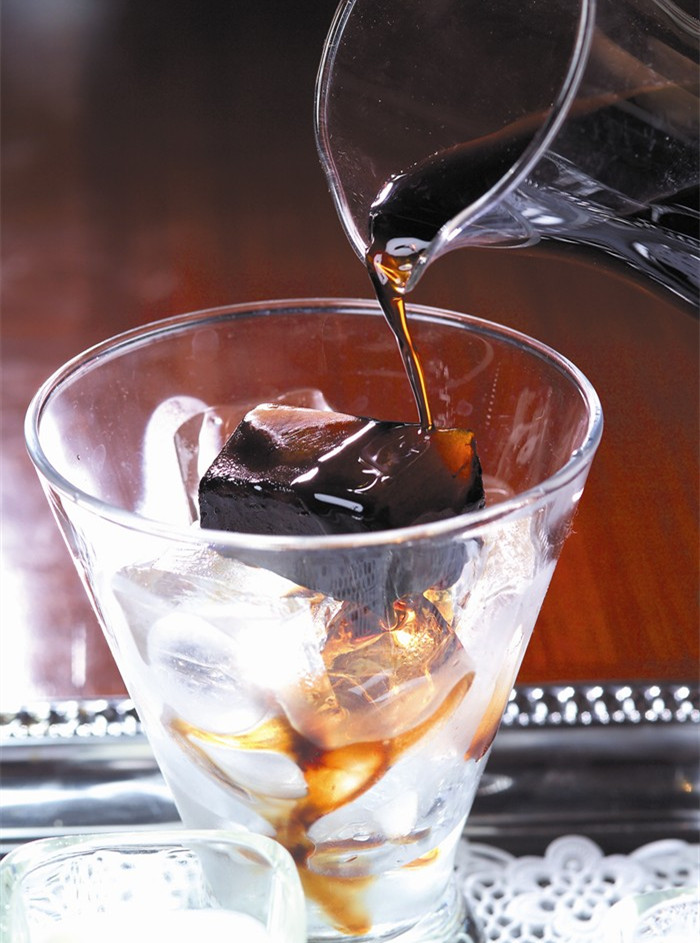Do you know the origin of Nestle coffee?

Nestle Coffee originated in 1930. When the Brazilian government came into contact with Nestl é, coffee authority Max Morgentel immediately set out with his research team to develop a way to mix with water while keeping the coffee authentic. After seven years of research in a Swiss laboratory, they finally found the answer. Nestle Coffee has become a world-famous brand.
The origin of the Nestle Group can be traced back to Switzerland in 1866. In 1867, Mr. Henry Nestle, a Swiss chemist, was the first to invent the world's first baby food, milk cereal. One day, a friend who was a doctor brought a baby born a month prematurely. He couldn't eat and was so weak that he was abandoned. Mr. Henry Nestle took the child in and fed him his own milk cereal. The little life was saved. The good news soon spread locally and was known to mothers, midwives and doctors. Later, Nestle's "magic products" spread all over the world and became very popular, becoming a high-quality food to help children grow up healthily, leading them to a better life, "quality food, a better life". Wish and mission are the promise of "choosing quality and Nestle". When the coffee was first developed, the new product was named Nescafe (Nestle Coffee), meaning the perfect combination of Nestle and coffee. We first introduced Nestle Coffee to the Swiss market on April 1, 1938. In the following five years, World War II hindered the successful expansion of Nestle Coffee in Europe.
After its first launch, Nestl é coffee was quickly exported to France, Britain and the United States. Unwittingly, Americans played an important role in the re-launch of Nestle Coffee on the American market. The reason is that Nestle coffee was included in their food rations at the time. Nestle coffee became more and more popular after World War II, and by the 1950s it had become the drink of choice for teenagers who flocked to cafes to listen to rock music.
According to authority estimates, on average, nearly 5500 cups of Nestle coffee are drunk per second. I'm sure you'll agree that Nestle Coffee has come a long way since 1938, and each of us has benefited a lot from the research work of Max Max Morgenthaler and his colleagues.
Important Notice :
前街咖啡 FrontStreet Coffee has moved to new addredd:
FrontStreet Coffee Address: 315,Donghua East Road,GuangZhou
Tel:020 38364473
- Prev

Sharing the method of making perfect ice droplets in summer
Ice drop coffee is said to have originated in the Netherlands and is one of the few coffees extracted with cold water. Compared with hot water extraction at high temperature, cold extraction at low temperature has relatively less acidity and caffeine release, and is conducive to the preservation of volatile aroma. Also because of low-temperature extraction, the production process takes a long time and usually takes several hours, so luck is also important to order iced coffee. How to be one
- Next

Intellectual Coffee Cappuccino Teaching _ HD
Http://v.qq.com/boke/page/k/0/j/k0149nomn6j.html
Related
- What is the meaning of lactic acid fermentation with coffee bean treatment?
- How to judge the state of foam by sound?
- How does the latte pull out the unicorn pattern? Come to get for a little trick to improve the flower pull!
- Will flower pulling affect the taste of the latte?
- Do you know the history of coffee?
- The difference between honey treatment and sun washing what is raisin honey treatment?
- What kind of milk can a novice use to make coffee foam to keep the foam longer? The correct method and skills of milking tutorial sharing
- Why do washed coffee beans taste sour? Flavor characteristics of washed Coffee
- Introduction to the skill of how to practice the size and height of water injection around the circle of hand-brewed coffee
- How do beginners practice coffee flower drawing from scratch?

